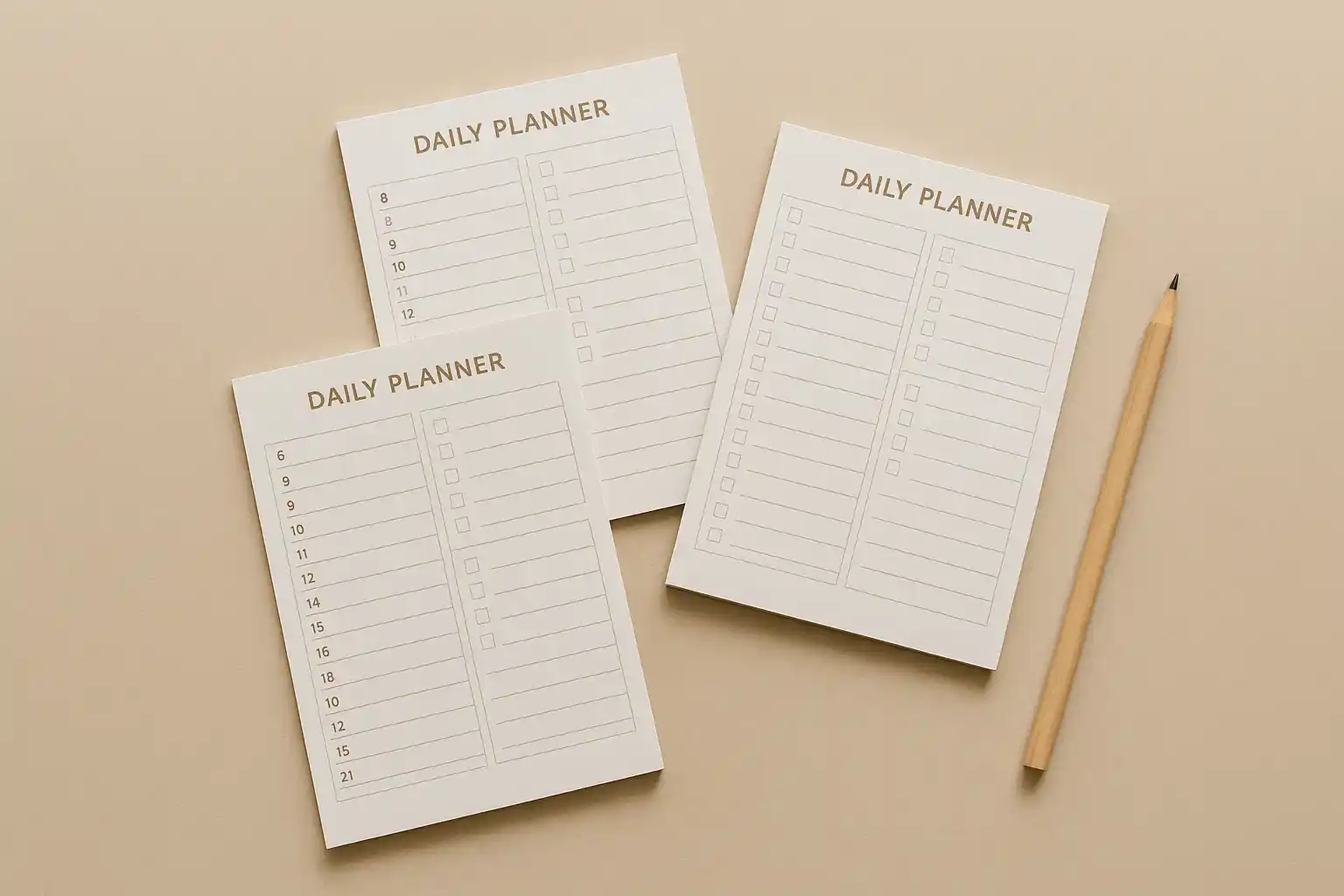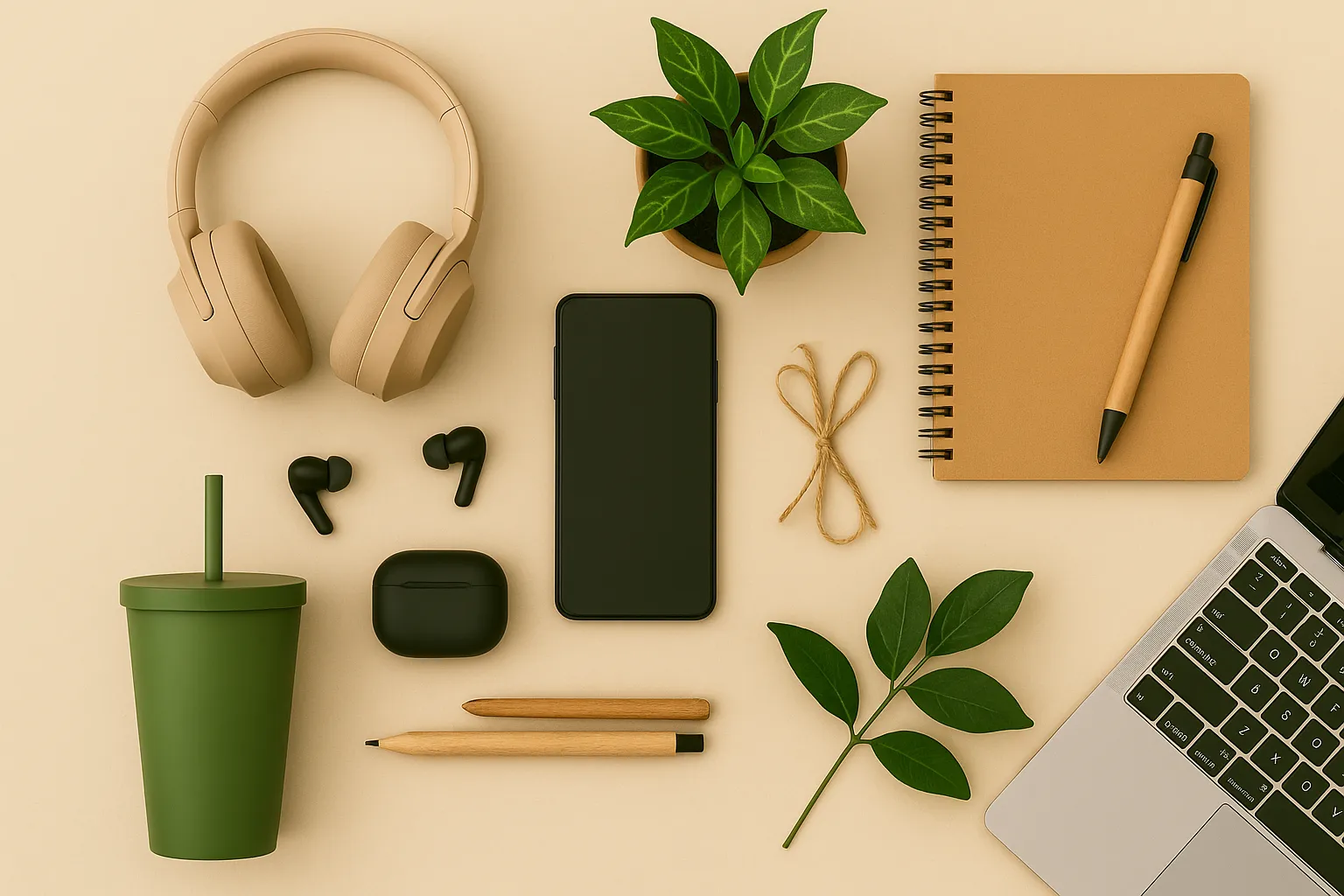Unclutter Your Schedule, Unburden the Planet: Embracing Minimalist Planning Tools

In our increasingly complex lives, the need for effective organization and planning is paramount. For many, the traditional paper planner has long been the go-to tool for managing schedules, tracking tasks, and setting goals. However, the annual cycle of purchasing, filling, and eventually discarding these paper-bound organizers contributes significantly to paper waste, consuming valuable resources and adding to landfill accumulation. Embracing a philosophy of minimalism extends beyond our physical possessions to encompass our planning tools as well. By opting for reusable and digital alternatives to disposable planners, we can streamline our schedules, reduce clutter, and make a more sustainable choice for the environment.
The environmental impact of disposable planners is considerable. The production of paper requires the harvesting of trees, a process that can lead to deforestation and habitat loss. The manufacturing of paper itself is energy-intensive and utilizes significant amounts of water and chemicals. Furthermore, the annual cycle of purchasing new planners contributes to a continuous demand for these resources. Once the year is over, these planners, often only partially filled, are discarded, adding to the ever-growing problem of paper waste in our landfills. Recognizing this unsustainable pattern, many individuals are seeking more minimalist and environmentally conscious ways to manage their time and tasks.
Fortunately, a range of effective and readily available alternatives to disposable paper planners exists, offering the same functionality and organizational capabilities without the associated waste. By embracing reusable whiteboards for visual planning, leveraging the power and convenience of digital calendars, or opting for the focused, paper-like experience of e-ink notebooks, we can unclutter our schedules, reduce our reliance on paper, and make a more sustainable choice for our planning needs. These minimalist tools offer a way to manage our time efficiently while minimizing our environmental footprint.
Streamlining Your Schedule Sustainably: Exploring Minimalist Planning Alternatives
Moving beyond the annual cycle of disposable paper planners opens up a world of reusable and digital tools for effective organization:
Reusable Whiteboards: The Visual and Erasable Planner
Reusable whiteboards, in various sizes from desktop to wall-mounted, offer a dynamic and waste-free solution for visual planning. They provide a readily accessible space to jot down appointments, tasks, and reminders, and can be easily erased and updated as needed. Unlike paper planners that become filled and discarded, a whiteboard can be used indefinitely, making it a highly sustainable choice. They are particularly useful for shared spaces like family kitchens or home offices, allowing for collaborative scheduling and task management without consuming paper.
Digital Calendars: The Ubiquitous and Paperless Organizer
The digital calendar, integrated into our smartphones, tablets, and computers, offers a powerful and paperless alternative to traditional planners. With features like reminders, recurring events, and the ability to sync across multiple devices, digital calendars provide unparalleled convenience and organizational capabilities. By fully embracing digital calendars for scheduling appointments, setting deadlines, and managing tasks, we can eliminate the need for a physical paper planner altogether, significantly reducing our paper consumption. Various calendar apps also offer features for to-do lists and goal tracking, further consolidating our planning needs into a single digital tool.
E-Ink Notebooks: The Paper-Like Feel, Digital Efficiency
E-ink notebooks, such as the reMarkable, offer a compelling bridge between the tactile experience of writing on paper and the efficiency of digital organization. These devices provide a distraction-free writing surface that mimics the feel of paper, allowing you to jot down notes, create to-do lists, and even manage a digital planner without the eye strain associated with traditional screens. The notes and plans created on an e-ink notebook can then be digitally organized, tagged, and often synced to other devices, offering the best of both worlds: a paper-like writing experience with the long-term reusability and organizational benefits of digital tools.
Embracing Mindful Planning: Choosing the Right Tools for You
The best minimalist planning tool will depend on your individual preferences and workflow. Consider the following factors when making your choice:
- Your preferred method of organization: Do you prefer visual planning, digital lists, or the tactile feel of writing?
- Your tech comfort level: Are you comfortable relying solely on digital tools, or do you prefer a more tangible experience?
- Your need for portability: Do you need to access your planner on the go?
- Your budget: Consider the initial cost of reusable whiteboards or e-ink notebooks versus the ongoing cost of paper planners.
By consciously choosing reusable and digital alternatives to disposable paper planners, we can declutter our physical spaces, reduce paper waste, and adopt a more sustainable approach to managing our time and tasks. Embracing minimalist planning tools is a tangible step towards a more mindful and environmentally responsible lifestyle.
Related Blogs

Ignite Change: Embracing 30-Day Challenges for a More Sustainable Lifestyle
Insights on 30-day challenges for a more sustainable lifestyle in a sustainable way.

Breaking Free from the Urge: Cultivating Mindful Consumption to Conquer Impulse Purchases
Reduce unnecessary spending and clutter with shopping lists, the 24-hour rule, and minimalist budgeting.

Illuminate Responsibly: Choosing Cleaner Alternatives to Regular Candles
Opt for soy tealights, rechargeable LEDs, or beeswax pillars to avoid paraffin and plastic.

Curate Your Closet, Cultivate Clarity: Embracing a Minimalist Wardrobe for Mindful Living
Declutter your closet with seasonal rotation, capsule wardrobes, and regular donation cycles.

Unplug to Uplift: Where Digital Minimalism Nurtures Environmentalism
Insights on digital minimalism meets environmentalism in a sustainable way.

Unwrapping a Greener Future: Creative Alternatives to Traditional Gift Wrapping
Reduce single-use waste with cloth wraps, newspaper, and recycled kraft paper for gifts.
Stay in the Loop
Get tips and insights tailored to your interests — no spam, just sustainability.